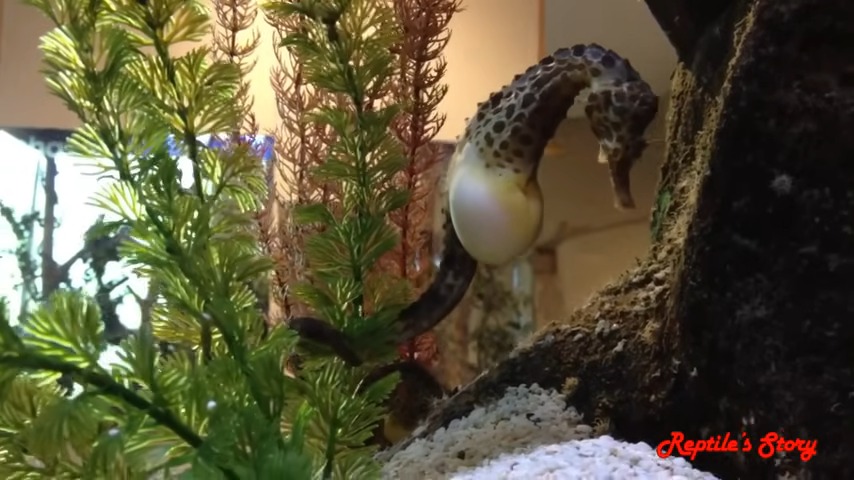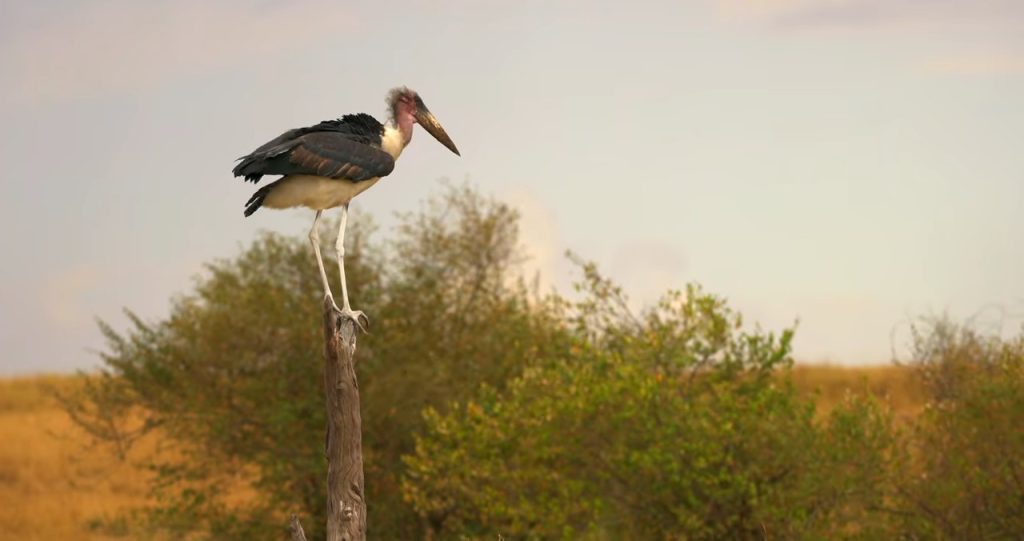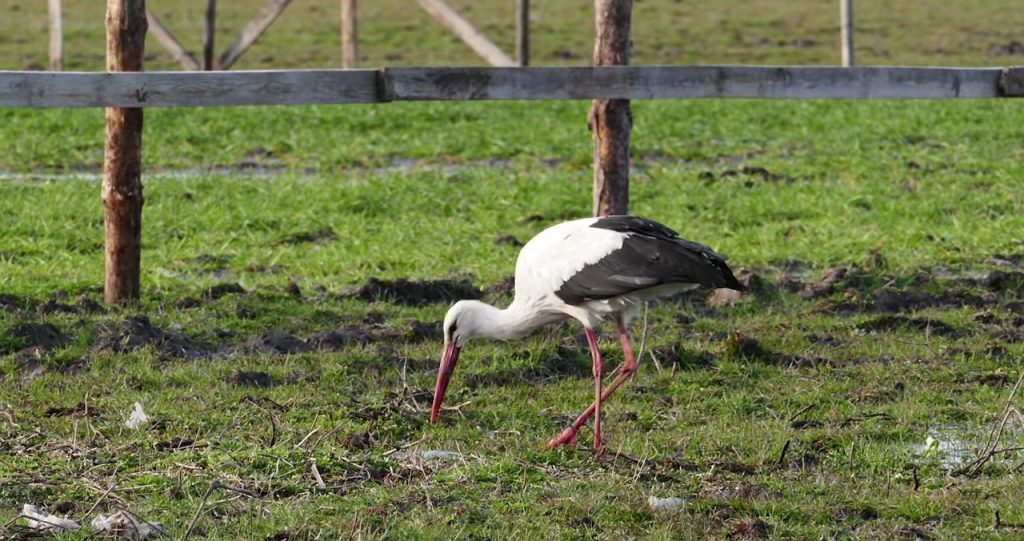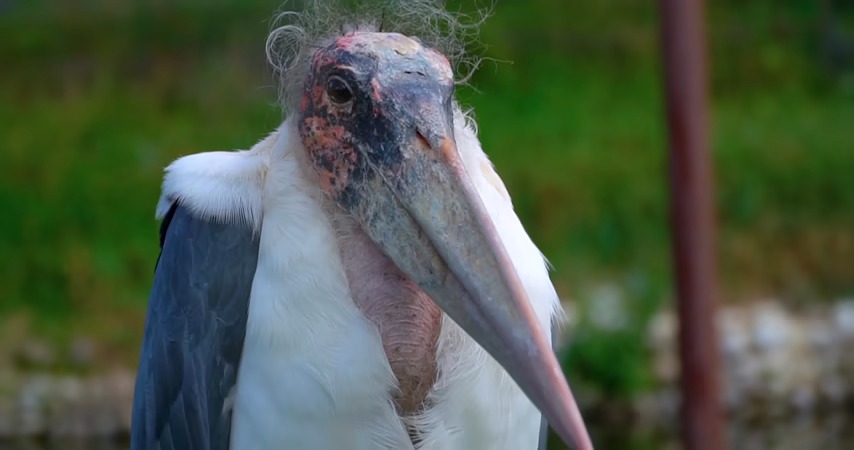The Fascinating Life Cycle of Seahorses: A Look at Male Pregnancy
When we think of giving birth in the animal kingdom, the typical images that come to mind involve female mammals or reptiles. However, one of the most extraordinary phenomena in nature takes place among the enchanting seahorses. In a captivating twist on the typical reproductive process, these unique marine creatures defy convention by showcasing male pregnancy, making their birth story one of the most unusual and fascinating in the world.
The Unique Reproductive System of Seahorses
Seahorses, belonging to the family Syngnathidae, exhibit a singular approach to reproduction. Unlike most other fish, it is the male seahorse that becomes pregnant. The female seahorse transfers her eggs to the male’s specialized brood pouch, a unique anatomical feature located on his abdomen. This pouch is a secure environment that provides oxygen, nutrition, and protection for the developing embryos.
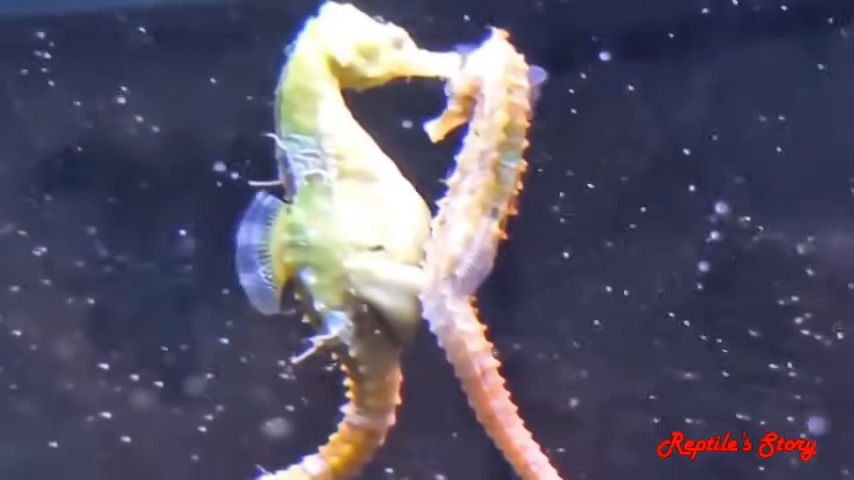
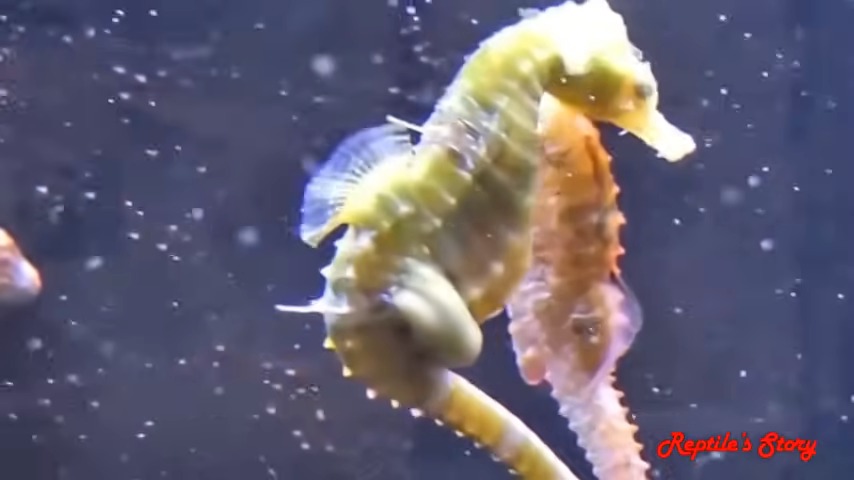
Courtship and Mating Rituals
The mating process of seahorses is both elaborate and captivating. During the courtship phase, seahorses engage in intricate dances, often entwining their tails and swimming side by side. This bonding process can last several days and is thought to strengthen their connection before reproduction. The female seahorse then deposits her eggs into the male’s pouch, where fertilization occurs internally.
Gestation: The Male’s Journey to Parenthood
Once the eggs are nestled in the male’s pouch, gestation begins. The duration of this process can vary based on species, water temperature, and environmental conditions, typically ranging from 10 days to several weeks. During this time, the male seahorse undergoes remarkable physiological changes. He releases hormones that control the development of the embryos, supplying them with nutrients and oxygen through a placenta-like structure within the pouch.
As the embryos develop, the male seahorse’s pouch expands, accommodating the growing young. It is during this gestational period that the male also becomes increasingly protective, ensuring that the pouch remains safe from predators.
The Birth Process
When the young seahorses are ready to be born, the male undergoes a dramatic birthing process. The contraction of muscles around the pouch helps to expel the fully formed, miniature seahorses into the water. Depending on the species, a single birth can result in anywhere from a few dozen to more than a thousand tiny seahorses being released at once. This remarkable birthing process is akin to labor in mammals, showcasing the intensity and significance of this event in the life cycle of seahorses.
